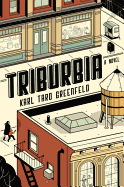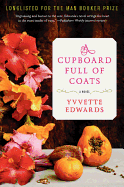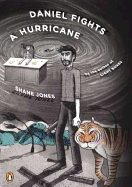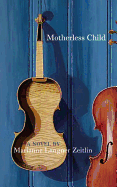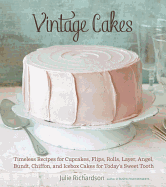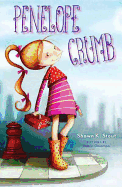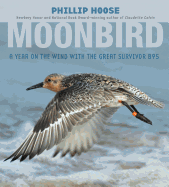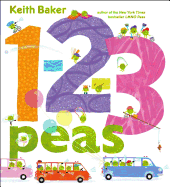Gore Vidal, 1925-2012
A moment of silence, please, for one of the literary giants of the last century: Gore Vidal, prolific writer, tremendous wit and one of our favorite establishment contrarians, died on Tuesday at age 86. In a long obituary, the New York Times called Vidal "the elegant, acerbic all-around man of letters who presided with a certain relish over what he declared to be the end of American civilization.... He published some 25 novels, two memoirs and several volumes of stylish, magisterial essays. He also wrote plays, television dramas and screenplays. For a while he was even a contract writer at MGM. And he could always be counted on for a spur-of-the-moment aphorism, putdown or sharply worded critique of American foreign policy." He also ran for public office twice, appeared on talk shows regularly and famously feuded with William F. Buckley, Jr., Norman Mailer, Truman Capote and others.
In a long obituary, the New York Times called Vidal "the elegant, acerbic all-around man of letters who presided with a certain relish over what he declared to be the end of American civilization.... He published some 25 novels, two memoirs and several volumes of stylish, magisterial essays. He also wrote plays, television dramas and screenplays. For a while he was even a contract writer at MGM. And he could always be counted on for a spur-of-the-moment aphorism, putdown or sharply worded critique of American foreign policy." He also ran for public office twice, appeared on talk shows regularly and famously feuded with William F. Buckley, Jr., Norman Mailer, Truman Capote and others.
His work included The City and the Pillar, a coming-out novel that was ahead of its time; Julian, about the Roman emperor; Myra Breckenridge, a comic tale about a gay movie star who has surgery to become a woman; and the American Chronicles, historical novels that made the founding and development of the country vivid and personal and included Washington, D.C., Burr, 1876, Lincoln, Hollywood and The Golden Age; and essay collections.
Some of our favorite lines attributed to Gore Vidal:
"There is not one human problem that could not be solved if people would simply do as I advise."
"I'm exactly as I appear. There is no warm, lovable person inside. Beneath my cold exterior, once you break the ice, you find cold water."
"The four most beautiful words in our common language: I told you so."
"The United States was founded by the brightest people in the country--and we haven't seen them since."
--John Mutter



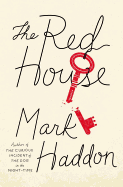 In
In 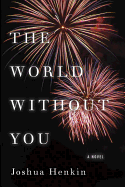 Fourth of July weekend in the Berkshire Mountains of Massachusetts is the backdrop for
Fourth of July weekend in the Berkshire Mountains of Massachusetts is the backdrop for 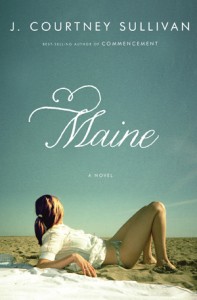 Catholic guilt, alcoholism and bad choices are the undercurrents that propel J. Courtney Sullivan's
Catholic guilt, alcoholism and bad choices are the undercurrents that propel J. Courtney Sullivan's  Ben Aaronovitch
Ben Aaronovitch